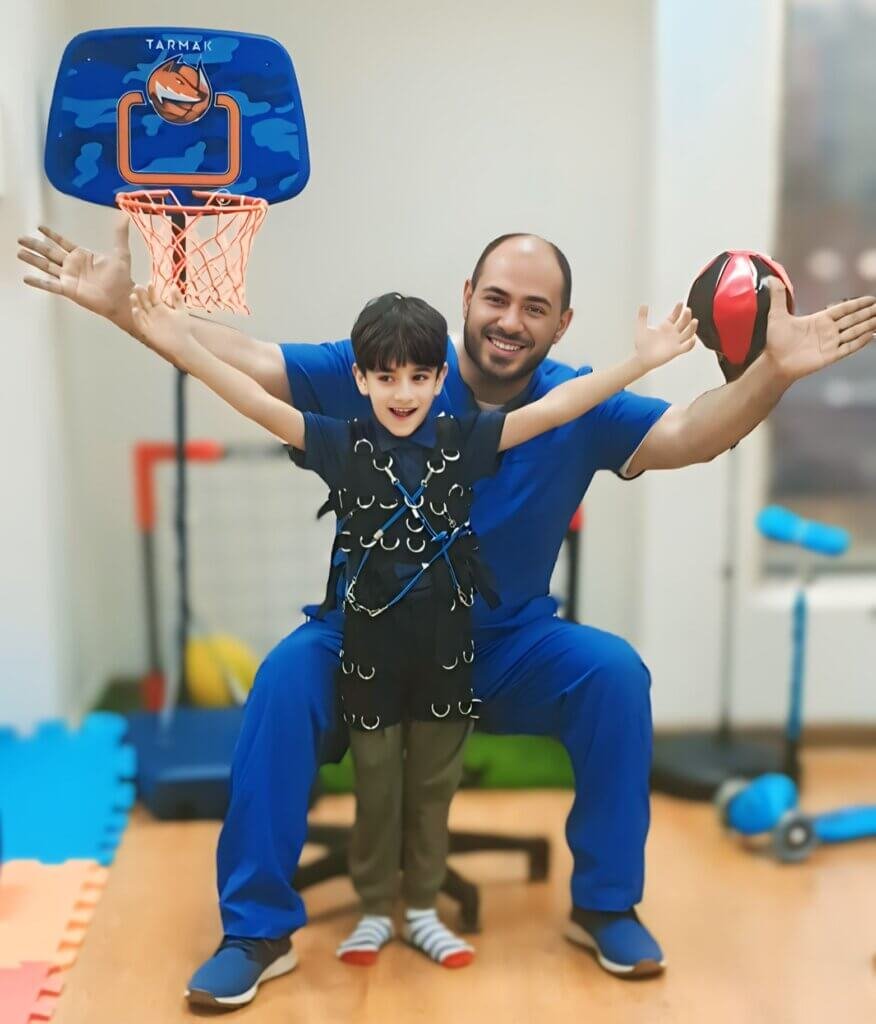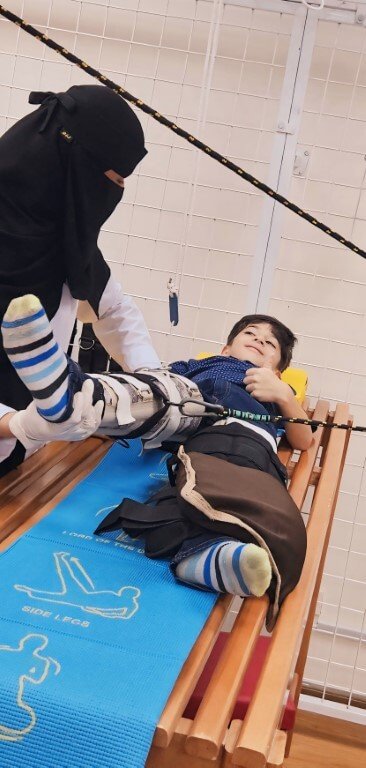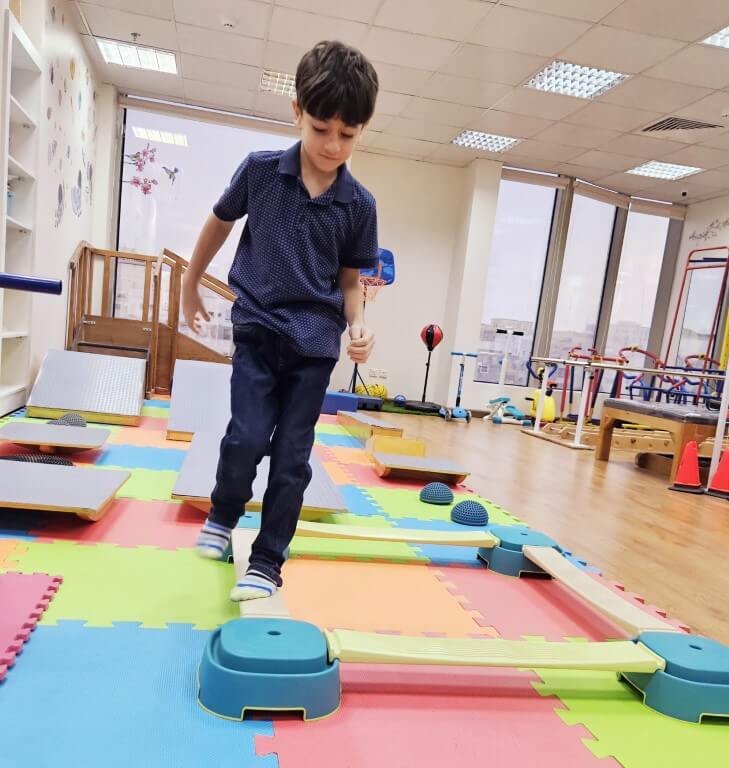
Section Two: Measuring and Evaluating the Child’s Performance and Abilities:
- The specialist begins by assessing the child’s condition, motor development, and motor patterns that he can master, as well as the skills that need training and improvement, and then sets goals and intervention plans to work on in the upcoming treatment sessions.
- To develop a treatment plan, the physical therapist will use several approved tests and assessments.
What is the role of assessment in developing a treatment plan?
The assessment is a roadmap that the physical therapist uses to identify the child's strengths and weaknesses, and to determine the goals that must be worked on during treatment.
Why does a specialist use multiple tests and assessments?
- To get a comprehensive picture: The child's assessment is not limited to one aspect only, but includes the assessment of motor, neurological, sensory, and functional abilities.
- To determine an accurate diagnosis: The evaluation helps determine the health condition the child is suffering from, whether it is a delay in motor development, a neurological disorder, or an injury.
- To determine treatment goals: Based on the evaluation results, goals are determined that the treatment seeks to achieve, such as improving strength, increasing range of motion, or developing motor skills.
What types of assessments might a specialist use?
There are many tests and assessments that can be used, including:
- Motor development tests: to assess a child's gross and fine motor skills.
- Balance tests: to assess a child's ability to maintain balance.
- Strength tests: to assess the child's muscle strength.
- Range of motion tests: to assess the range of motion of joints.
- Sensation tests: to assess the child's sensitivity to touch, heat, cold, and pain.
- Neurological function tests: to assess the functions of the nervous system.
- Daily Activities Tests: To assess the child's ability to perform daily activities.











